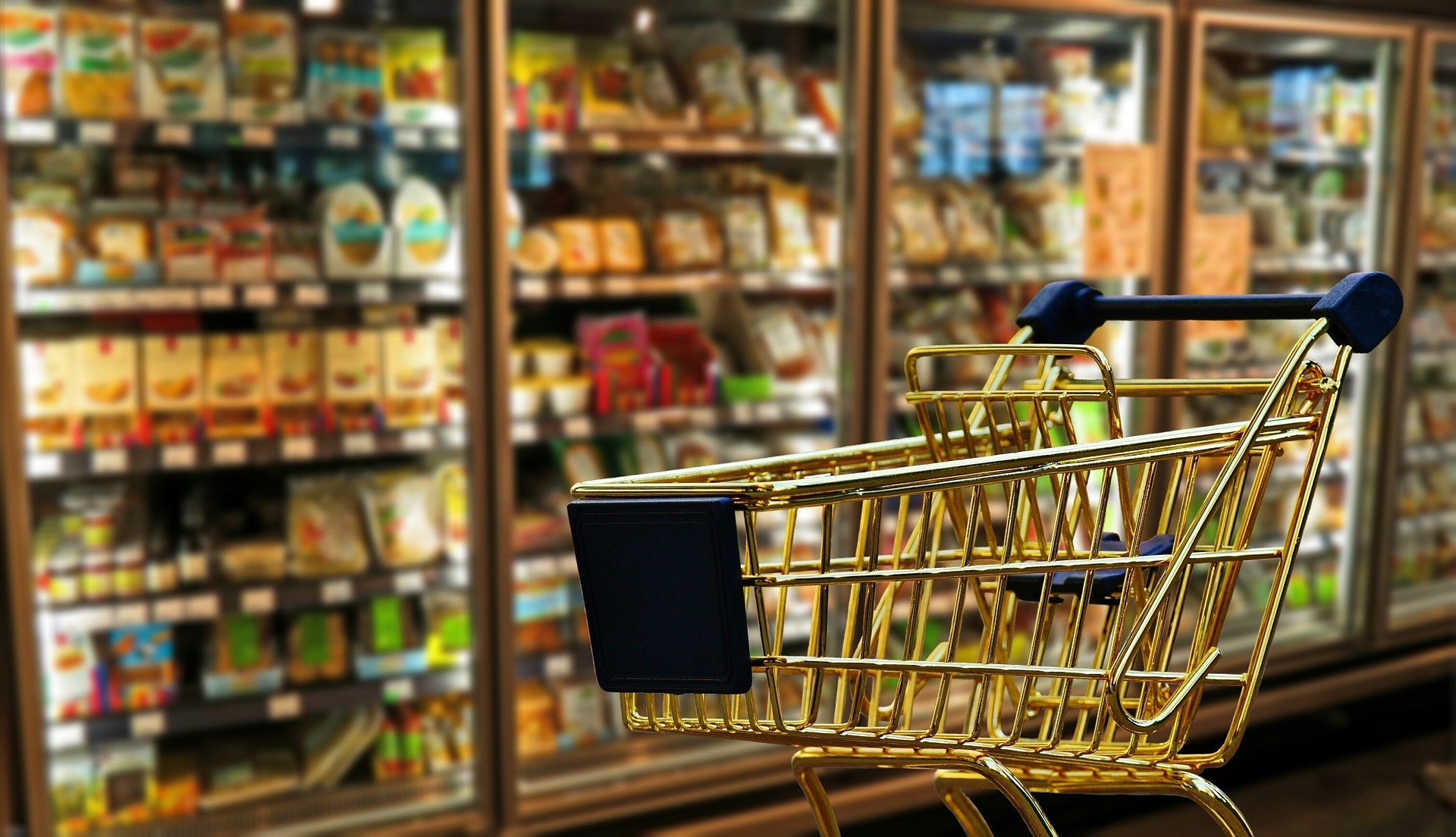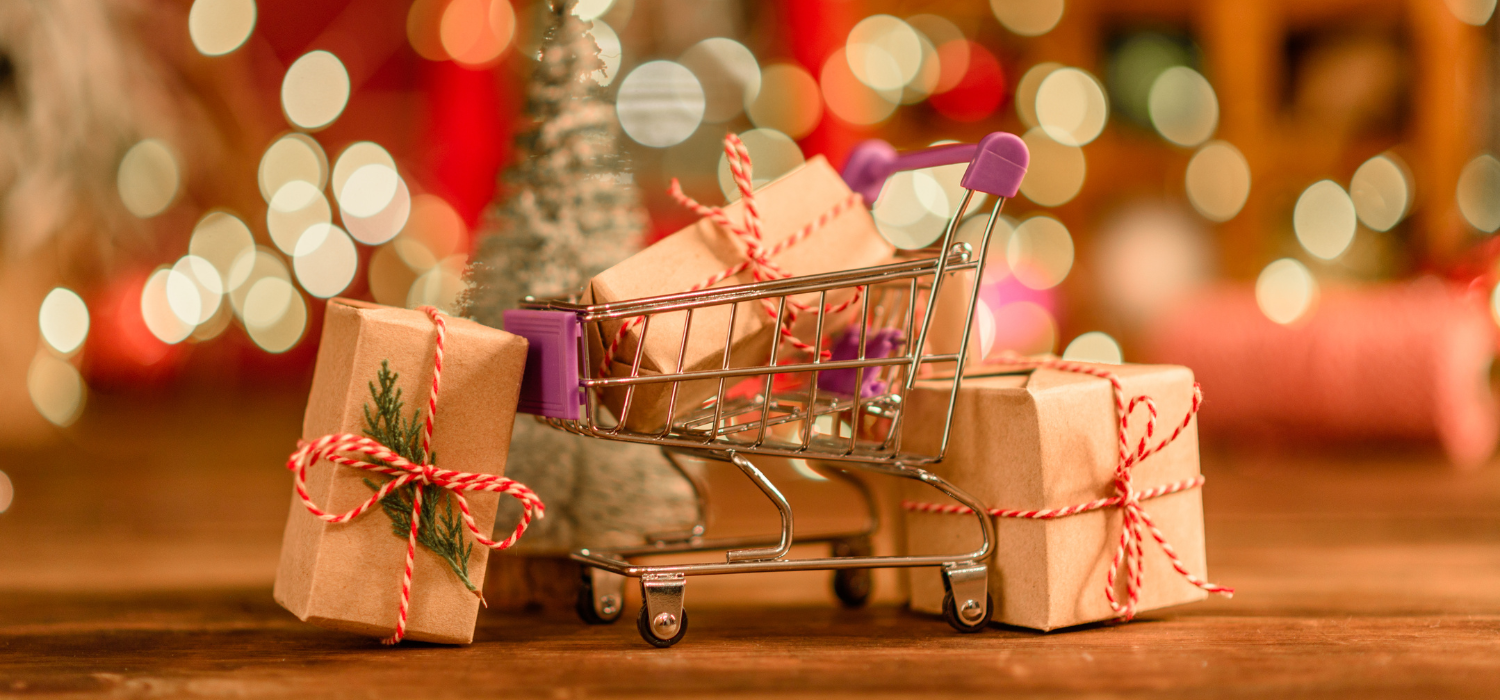eCommerce is playing an increasingly fundamental role in the FMCG world, as demonstrated by data from Netcomm’s Digital FMCG Observatory.
In fact, in 2021, eCommerce FMCG, which stands for Fast-Moving Consumer Goods, i.e. all consumer packaged goods, recorded a 23% increase in value sales, amounting to EUR 1.8 billion, and a value share of 2.5% of the Italian total.
In other words, it is eCommerce that is driving the growth of FMCG, so much so that omnichannel posted +0.4%.
The numbers for 2022
With the start of the new year, the channel’s advance has not been halted, so much so that in the first five weeks of 2022, average weekly sales of the online channel were worth EUR 41.8 million (+7.1% on 2021); a sign that FMCG eCommerce has now become a stable part of Italian households’ habits.
Consumers who buy FMCG products online, again according to Netcomm data, would in fact be 43% of the Italian total.
The areas where FMCG eCommerce is most widespread
Netcomm’s Digital FMCG Observatory report states, however, that “not all of Italy has the same level of eCommerce ‘maturity’; however, there are specific metropolitan areas where eCommerce has a much higher than average incidence”. The metropolitan area of Milan, for example, today represents the highest level of maturity of the online channel, so much so that the value share of eCommerce jumps to 7.5%, while the penetration of the eCommerce channel on consumers even reaches 51% with a total of 640,000 consumers.
For the province of Rome, on the other hand, the penetration of the eCommerce channel on consumers is 49%, although online shoppers have even exceeded one million. The growth rate is 4.2%.
What Italians buy online
Perhaps the most interesting data, however, comes when looking at the results for online penetration from the point of view of total FMCG or divided into the various macro-compartments. “None of them, in fact,” reads the Observatory Report, “reaches 43%. This means that many consumers still choose to buy only a few product categories online, and not all of them therefore make a ‘complete’ purchase, despite the fact that consumers are gradually expanding their online shopping carts by putting more and more product categories in it.
The ten trends for 2022
In the face of these numbers, however, some considerations must be made. In fact, the growth of this market segment is not only numerical, but presents evolutionary trends that will necessarily have to be taken into account in the near future.
In fact, as emerges from the analysis conducted at the end of 2021 by Netcomm, some elements to be taken into consideration will be:
1. Increase in the number of retailers using the online channel to reward their private label;
2. Leading brands maintaining their share, despite the fact that smaller, lesser-known brands also find the online channel an opportunity to grow significantly compared to their offline weight;
3. The online channel is the sales channel par excellence for products with certain peculiarities, such as products dedicated to those suffering from particular intolerances, organic products and made-in-Italy products;
4. eCommerce is confirmed as the perfect channel for a premium offer, so much so that products with a price index greater than 150 account for 34.5% online against 22.9% offline (we have also explored this issue here);
5. Business models are multiplying and the concept of proximity is growing in particular, made increasingly indispensable by the so-called Quick Commerce, which requires deliveries very quickly and therefore requires Dark Stores and points of proximity to the end customer. We have also talked about Dark Stores here and will soon return to this growing phenomenon;
6. The demand for service content by e-shoppers is growing and it will therefore be necessary to simplify the purchasing process as much as possible in order to guarantee the best possible User Experience;
7. Touchpoints, i.e. opportunities for contact with consumers, are multiplying and this will result in increasing competition for users’ attention;
8. Consumers will demand more and more customisation of products and services, so that their needs will become increasingly fragmented;
9. Consumers will become increasingly demanding, which is why their shopping experiences will have to be increasingly memorable, positive, simple and personalised. So-called ‘experiential marketing’ will therefore gain in importance;
10. Logistics will also become to all intents and purposes a marketing lever, forcing retailers to rethink their models in an increasingly flexible and sustainable way, thus meeting the growing needs of consumers.













